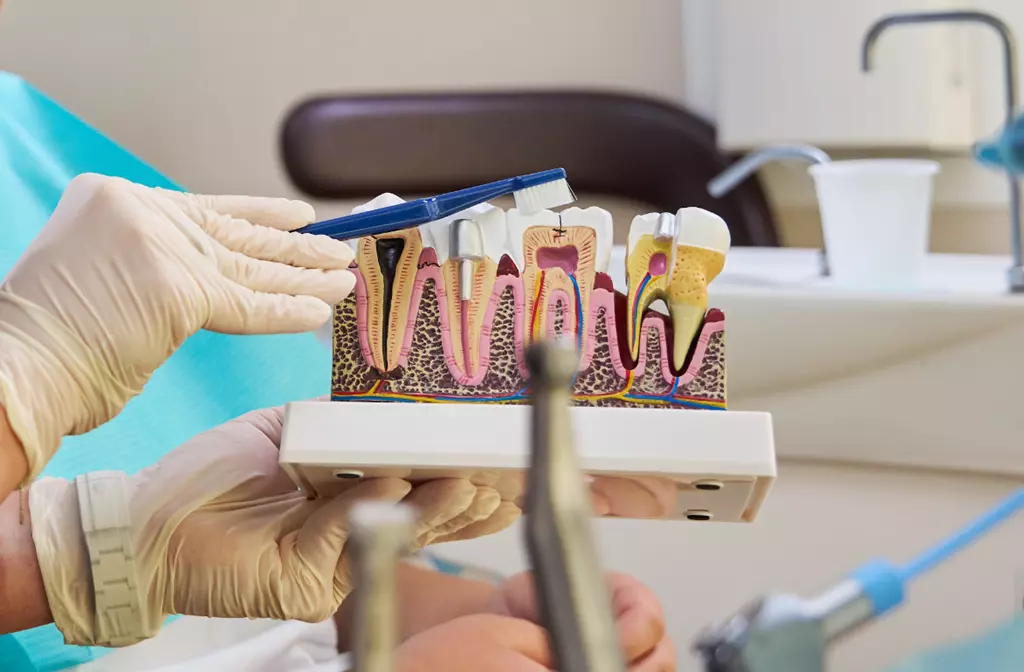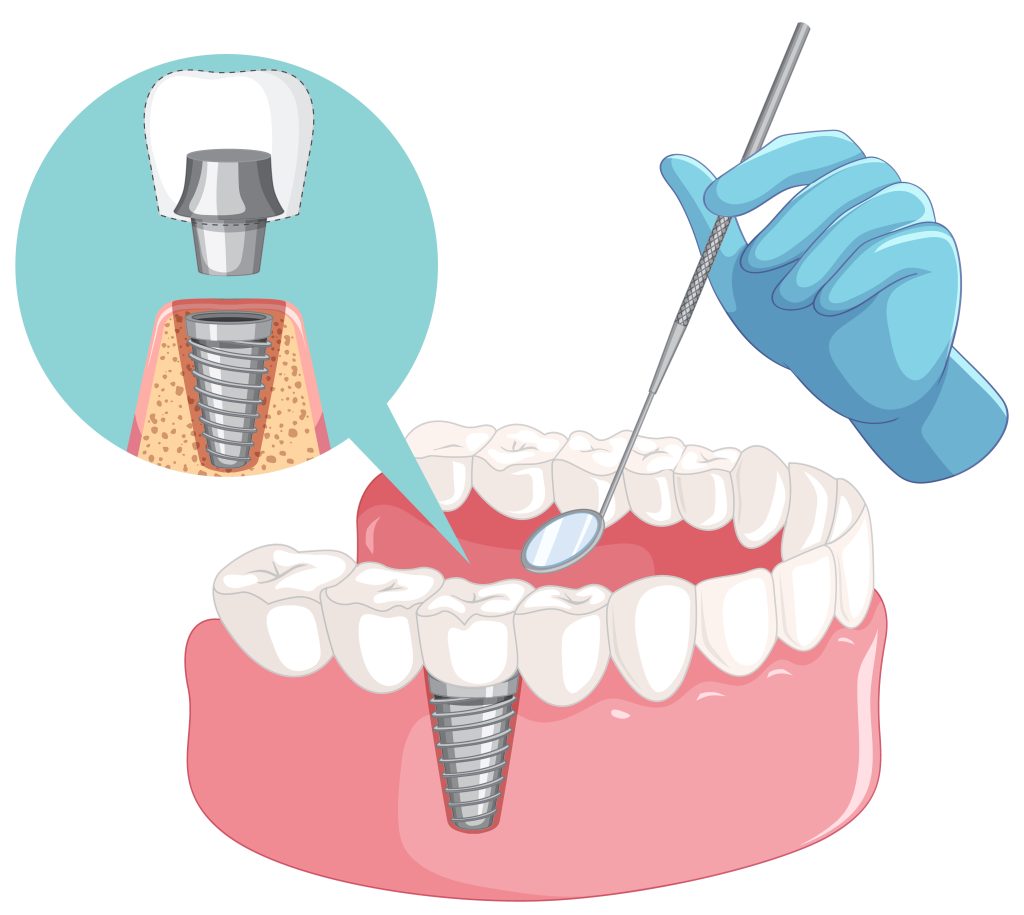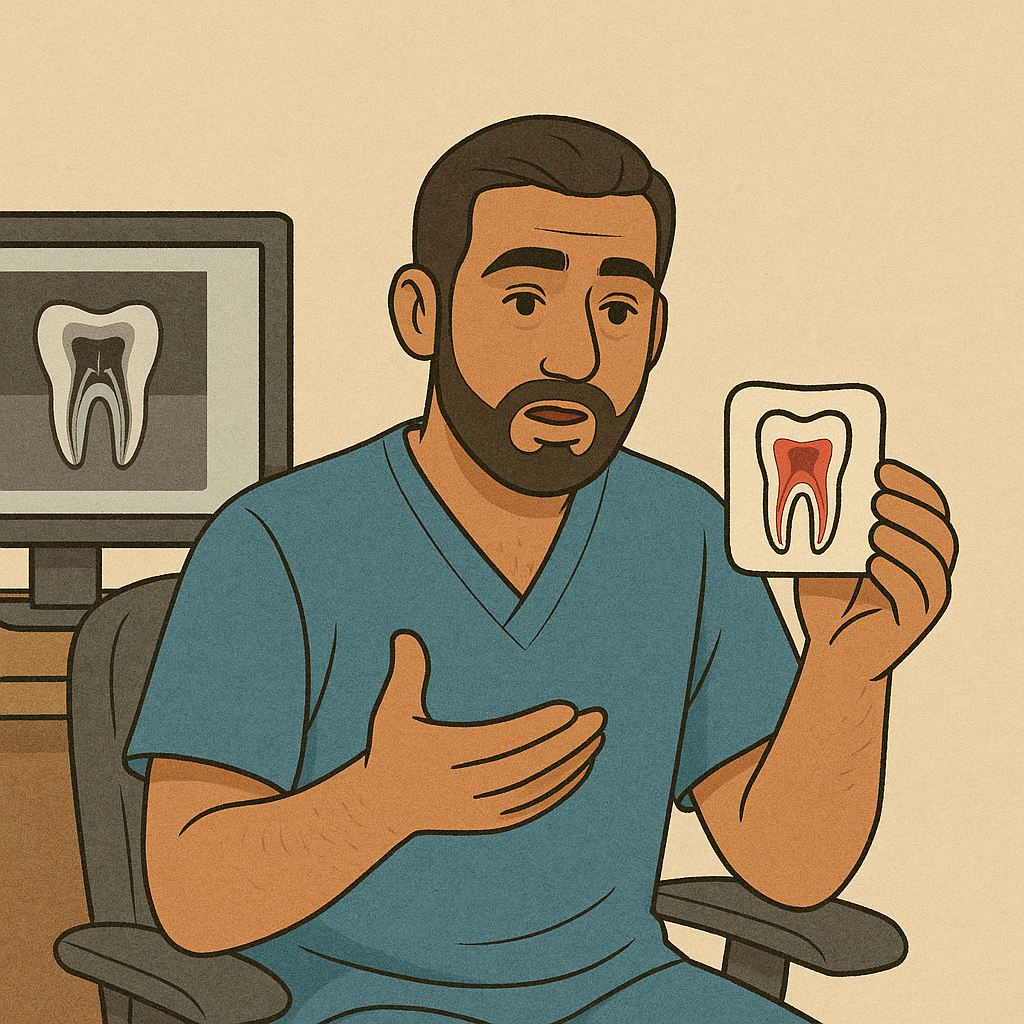Dental Implants: Procedure, Benefits, and Aftercare
When Are Dental Implants Necessary?
A dentist may recommend dental implants in the following cases:
- Missing Teeth – When one or more teeth are lost due to decay, injury, or gum disease.
- Unstable Dentures – For patients seeking a permanent alternative to removable dentures.
- Bone Loss Prevention – Implants help preserve jawbone structure and prevent bone resorption.
- Improved Aesthetics and Functionality – To restore the natural appearance and chewing ability of teeth.
Types of Dental Implants
- Endosteal Implants – The most common type, placed directly into the jawbone.
- Subperiosteal Implants – Placed under the gum but above the jawbone, typically used when there is insufficient bone for endosteal implants.
- Zygomatic Implants – A less common type, anchored in the cheekbone when the jawbone lacks sufficient density.
The Dental Implant Procedure
1. Initial Consultation and Planning
- A thorough examination, including X-rays or CT scans, to assess bone structure and plan implant placement.
- Discussion of the patient’s medical history and expectations.
2. Tooth Extraction (If Necessary)
- If the implant site has a damaged or failing tooth, extraction is performed first.
3. Bone Grafting (If Required)
- If the jawbone lacks density, bone grafting may be necessary to create a solid foundation for the implant.
- Healing time varies but can take several months before the implant placement.
4. Implant Placement Surgery
- The titanium post is surgically inserted into the jawbone.
- Healing and osseointegration (fusion with the bone) take about 3 to 6 months.
5. Abutment Placement
- Once the implant has fused with the bone, an abutment is attached to support the final crown or prosthetic tooth.
6. Crown or Prosthetic Attachment
- A custom-made crown, bridge, or denture is placed onto the abutment, completing the restoration.
Benefits of Dental Implants
- Natural Appearance – Matches the look and feel of real teeth.
- Durability and Longevity – With proper care, implants can last a lifetime.
- Improved Chewing and Speech – Restores full functionality compared to dentures.
- Prevents Bone Loss – Maintains jawbone structure and facial integrity.
- No Impact on Adjacent Teeth – Unlike bridges, implants do not require altering nearby teeth.
What to Expect After Dental Implant Surgery
- Mild Swelling and Discomfort – Managed with pain relievers and cold compresses.
- Soft Diet – Eating soft foods during the healing process reduces pressure on the implant site.
- Oral Hygiene Maintenance – Regular brushing, flossing, and professional cleanings prevent complications.
- Follow-Up Visits – Routine checkups ensure proper healing and implant stability.
Possible Complications and How to Prevent Them
- Infection – Proper oral hygiene and antibiotics help prevent infections.
- Implant Failure – Smoking and poor bone health can affect implant integration.
- Nerve or Sinus Issues – Rare complications that require careful surgical planning.
When to Contact a Dentist
Seek immediate dental attention if you experience:
- Persistent pain or swelling beyond the normal healing period.
- Difficulty chewing or biting down.
- Loosening or movement of the implant.
- Signs of infection, such as fever or pus discharge.
Conclusion
Dental implants provide a long-term, natural-looking solution for missing teeth. With proper care and maintenance, they can significantly enhance both oral health and quality of life. If you’re considering dental implants, consult your dentist to determine the best treatment plan for your needs.




















